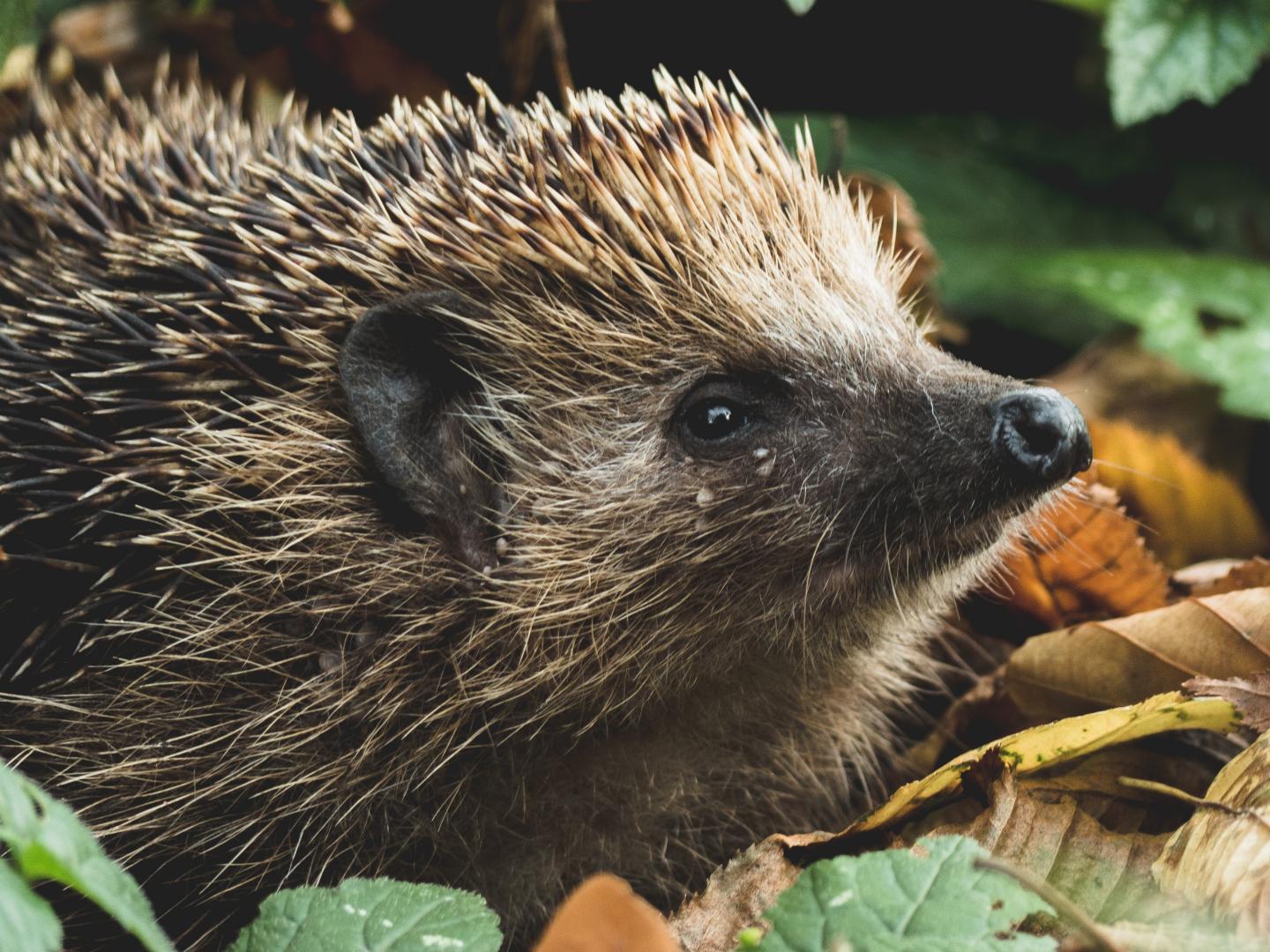Researchers point out that at the global level, the environmental contamination by POPs compounds is increasing

Credit: Photo by Tadeusz Lakota on Unsplash
Scientists of the Far Eastern Federal University (FEFU), working as part of an international toxicologists’ team, studied fur samples of the wild terrestrial mammals in Primorye, Russian Far East. All samples contained persistent organic pollutants (POPs) which are resistant to decomposition, tend to accumulate in body tissues and are potentially risky for human and animal health. Some of them are prohibited by the Stockholm Convention. The research outcome was published in Environmental Science and Pollution Research.
The highest POPs content level scientists found in the fur samples of musk deer which is an endangered species listed in the Red Book. One of the reasons for such toxicity could be the diet of the animals – musk deer feed on lichens, which could accumulate harmful substances absorbing them from the atmosphere.
In total, 15 animals’ hair samples were studied. They were isolated from six leopard cats, three musk deer (musk deer), one Amur hedgehog, one wolf, and four raccoon dogs.
“In 73 percent of cases, we found traces of the insecticide hexachlorobenzene and DDT derivatives prohibited by the Stockholm Convention. In 100% of cases, polycyclic aromatic hydrocarbons (PAHs) were found such as anthracene, fluoranthene, pyridine, and phenanthrene. In a natural way, PAHs are formed as a result of the thermal decomposition of cellulose, but most of these substances are of technogenic origin, i.e., they appear in the environment as a result of human activity. In most of the studied fur samples, we found at least 10 of the 16 types of POPs, the presence of which was the subject of our study. The study was innovative, as our international team found evidence of the accumulation of different POPs types in the hair of five species of wild terrestrial mammals at once.” Says Kirill Golokhvast, Ph.D., FEFU Vice-President for Research.
Researchers point out that at the global level, the environmental contamination by POPs compounds is increasing, which is of particular concern because they are harmful to humans, marine animals, and terrestrial ecosystems. Despite the fact that the global ban is imposed by the Stockholm Convention to the production and uses of such hazardous substances as hexachlorobenzene it continues to be found in living organisms throughout the world.
The researchers propose to further monitor the accumulation of POPs in the fur of a greater number of terrestrial mammals species because today the data on this topic are rather scarce.
Scientists refer to the analysis of animal fur and human hair samples as to the smooth, effective, as well as non-invasive and non-destructive methods of biological monitoring of ecosystem contamination. Animal fur samples are easy to collect, store and analyze its composition. For the purpose of the study, scientists took samples of the fur of the animals lost in Primorye as a result of traffic accidents or cases of hunting.
###
Media Contact
Alexander Zverev
[email protected]
Related Journal Article
http://dx.




